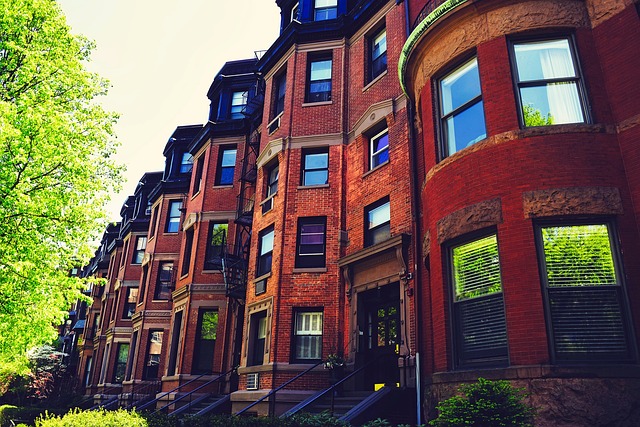Community Resilience
With more people moving to cities worldwide, it’s crucial to design and develop urban areas that can withstand challenges like climate change, population growth, and resource scarcity.
Urban planning is all about designing and organizing cities to meet the needs of their residents while promoting sustainability, efficiency, and fairness.
Urban planners work to create communities that are livable, inclusive, and environmentally friendly by considering factors like land use, transportation, housing, and infrastructure. By doing this, urban planners help shape the way we live, work, and play in cities.
Sustainable infrastructure forms the backbone of resilient cities, providing essential services like transportation, water supply, and energy distribution in an environmentally friendly and efficient way.
Sustainable infrastructure includes features like green buildings, public transportation systems, and renewable energy sources, which reduce carbon emissions and minimize environmental impact.
By investing in sustainable infrastructure, cities can become more resilient to the impacts of climate change and ensure a high quality of life for their residents.
Green spaces are essential for promoting health, well-being, and biodiversity in urban areas. Parks, gardens, and green corridors offer opportunities for recreation, relaxation, and connection with nature, improving physical and mental health outcomes for city dwellers.
Green spaces also support urban ecosystems by providing habitats for wildlife, improving air and water quality, and mitigating the urban heat island effect.
By preserving and expanding green spaces, cities can enhance their resilience and sustainability for future generations.
Smart cities use technology and data to improve efficiency, connectivity, and quality of life for their residents. Smart city initiatives include projects like intelligent transportation systems, energy-efficient buildings, and digital governance platforms, which leverage technology to enhance urban services and infrastructure.
By embracing innovation and adopting smart solutions, cities can optimize resource use, reduce carbon emissions, and improve resilience to environmental and social challenges.
Resilience planning involves identifying and addressing vulnerabilities in cities to enhance their ability to withstand and recover from shocks and stresses.
Resilience planning includes assessing risks like natural disasters, climate change, and social inequality and implementing strategies to build adaptive capacity and strengthen community resilience.
By integrating resilience into urban planning and development processes, cities can better prepare for and respond to future challenges, ensuring the safety and well-being of their residents.
Transit-oriented development (TOD) focuses on creating compact, walkable communities centered around public transportation hubs.
TOD encourages mixed-use development, density, and connectivity, reducing reliance on cars and promoting sustainable transportation options like walking, cycling, and public transit.
By designing cities around transit, TOD reduces traffic congestion, improves air quality, and enhances access to jobs, education, and amenities for all residents.
Affordable housing is crucial for resilient cities, ensuring that everyone has access to safe, decent, and affordable housing options.
Affordable housing initiatives include policies like inclusionary zoning, subsidized housing programs, and community land trusts, which aim to increase affordability and prevent displacement in rapidly gentrifying areas.
By prioritizing affordable housing, cities can promote social equity, reduce homelessness, and create more resilient and inclusive communities.
In conclusion, building resilient cities is essential for creating a sustainable future for all of us.
By embracing principles of urban planning like sustainable infrastructure, green spaces, and smart technology, cities can enhance their resilience to environmental and social challenges and improve quality of life for residents.
Together, let’s work towards building cities that are healthy, inclusive, and resilient for generations to come!

